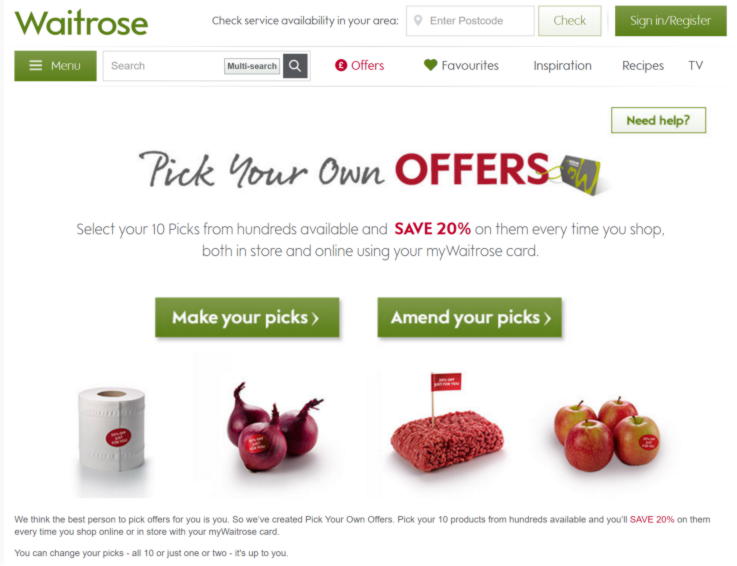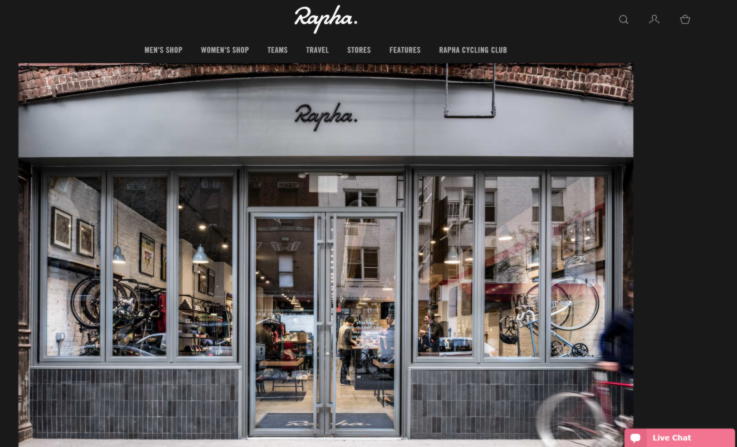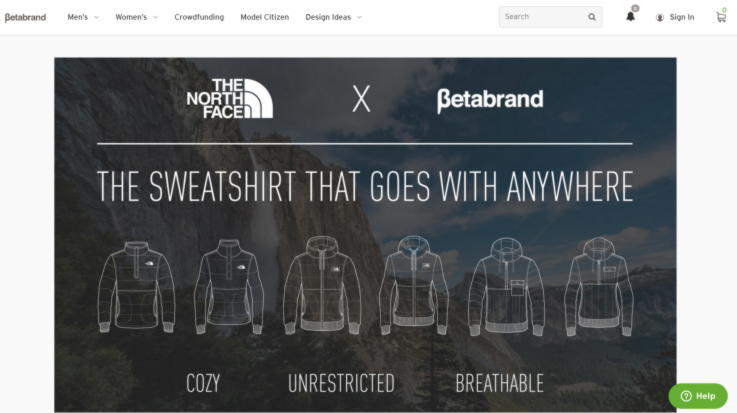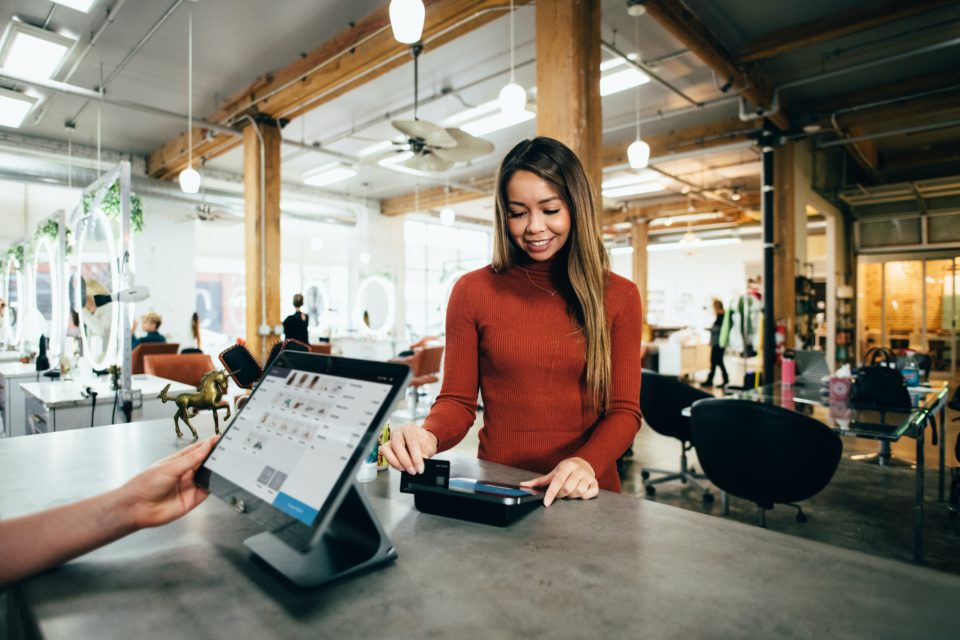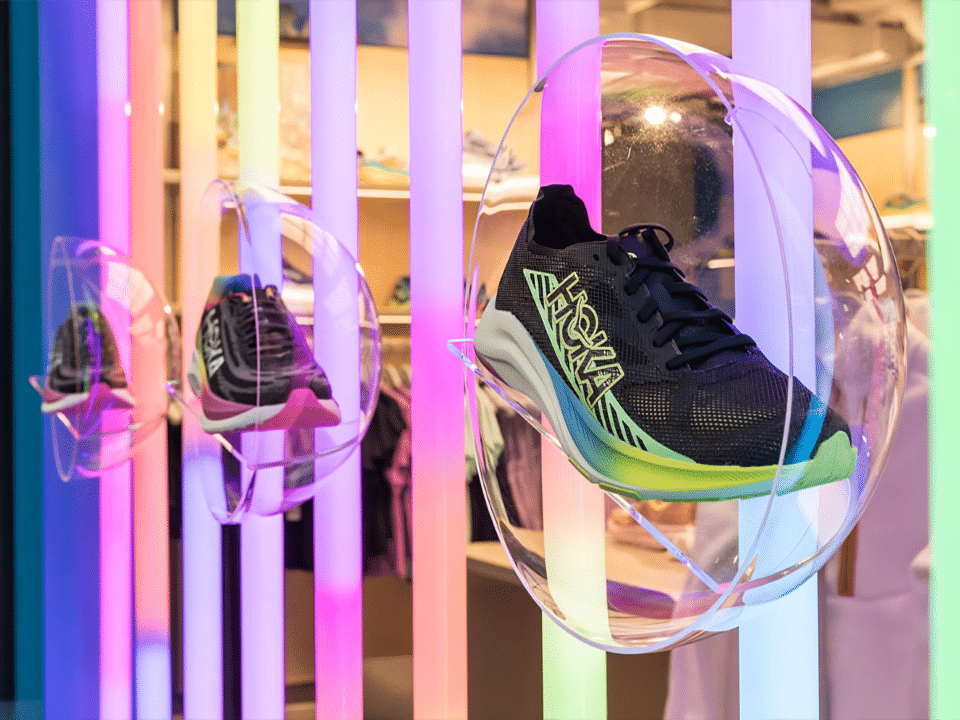The future of retail is dialogue and interaction – here's how to start


Have you ever heard of the concept – ‘show don’t tell?’
It’s one of the golden rules of writing (at least according to those in the know.) Essentially it boils down to not just telling readers a load of information when you can show them the same thing in a much more powerful way through character actions, speech and thoughts.
What’s that got to do with retail? These days – everything.
The future of retail is all about marketing and communicating with your customers. And the future of marketing is about genuine dialogue and interaction. Or showing rather than telling.
The good news is that the increasing uptake of tools like social media and smartphones makes it easier and easier for retailers to engage in those conversations, wherever their customers are.
Stop just broadcasting
Retailers are also discovering that there are far more effective ways of engaging with customers than broadcasting one single message for everyone to consume.
For example, how often are the offers in the supermarket on products that aren’t at all relevant to you? One offer for everyone is also not very rewarding for loyal customers. It suggests that the retailer doesn’t really care about them.
High-end grocery chain Waitrose has responded to this by launching a Pick Your Own Offers scheme. Customers who are signed up to the company’s myWaitrose loyalty scheme can pick ten products to save 20% on every time they shop. There are some excluded products, but instantly the scheme feels more personal. Customers feel that they benefit from it, and having the perception that they are saving on their most brought items means they are more likely to keep going back to Waitrose.
It’s a much more interactive experience than your average loyalty scheme. The fact that they can change their chosen products at any time also gives the customer a feeling of control and flexibility. There’s a sense that they are driving the relationship, rather than being stuck with a fixed scheme that offers them little value.
Engage in a conversation, not a transaction
Rapha Cycle Club is all about customer engagement. The brand doesn’t just advertise for passive consumption, it encourages its customers to get stuck in. The Rapha stores, or Clubhouses, have been set-up specifically to act as meeting places for customers. As well as buying Rapha products, visitors can have a coffee, watch live cycling on TV and go on the regular bike rides that start from each Clubhouse.
In its Spitalfields store in London, Rapha has a special interactive space called The Vault for customers to try out their new gear in different environmental conditions from cold winds to high temperatures. Staff are always on hand, again to not only help customers with their purchases, but talk to them about their trips, offer advice and information, and generally embrace their passions.
The company has realised that if you are enthusiastic and knowledgeable then customers feel like they are engaging in a conversation, not a transaction. They see your suggestions as valuable recommendations, not pushy sales. And by providing physical spaces for like-minded people to get together Rapha finds it brand at the heart of many a conversation about cycling. It’s synonymous with many people’s hobby and that’s a good way to ensure they come back.
Work together to create
It doesn’t get much more interactive than having a hand in the design of a product. Fashion retailer and crowdfunding platform Betabrand facilitates this in a number of different ways, not least in its design ideas projects with brands.
North Face is one such brand using the platform to identify which products its customers would be most interested in. Potential shoppers can vote for their favourite design of sweatshirt, and in return receive a 30% discount off the product if it does into production.
What’s even more valuable to the company though is the feedback from potential buyers from each design. From notes on the things they do and don’t like about each design, to the additions they’d love to see or the purpose they’d be buying it for, it gives North Face a true insight into what their customers want from their products.
By incorporating those into the final designs, customers also feel listened to. They feel part of the process and that the company values their opinions. They also feel much more connected to the product than if they just saw a sweatshirt on a hanger in a store. This can be a great ‘in’ to the brand, which could then lead to them being a long-term fan.
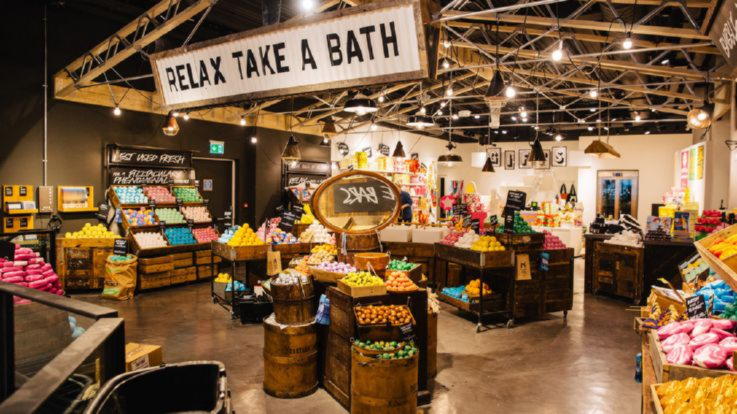
Discover through interaction
In the interests of showing, one of the greatest forms of retail interaction is discovery. This is where physical stores excel. Being able to physical interact with products or elements of a retail space is much more compelling than just clicking a few buttons on a website.
Lush is one brand that has managed to take a fairly mundane product area, toiletries, and turn them into something fun. Shopping in its stores is a very different experience to picking up a bottle of shampoo or some bubble bath in your local supermarket. That’s a very basic, functional transaction; what Lush do is pull the customer in by letting them touch, smell, feel and test their products.
Whether it’s moulding figures from its plasticine-like Fun, to watching a bath bomb be set off, there’s a lot of retail theatre to the brand. By being able to interact so much with the products, and assisted by knowledgable staff, customers are able to discover the true extent of what Lush offers. They’re unlikely to replicate this online – how often do you go through every single product page on a website?
They’re not being told what to buy, or all herded in the same direction. The brand is simply marketing itself through getting customers to join in. And if they are enjoying themselves and participating with the products then they are likely to want to take some of them home.
If your retail strategy is still all about telling your customer things, telling them about you, telling them about your products, then it’s time for a re-think. If you can show them instead then they’ll be much more interested, much more engaged.
Ready to start talking?

